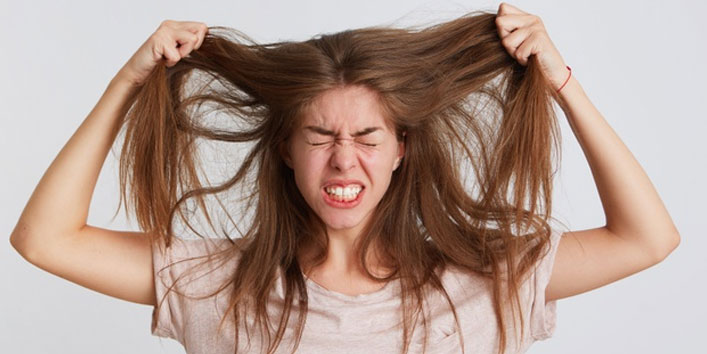Hair gels are called as hair styling products which are used for managing the hair and stiffening the hair into various kinds of hairstyles. Common gels are mainly based on the cationic polymers which cause the hair to hold position and stretch for a longer duration. These gels make the hairstyle last longer and hold and improve the hair texture.
Side effects of the Hair Gel
1. Dehydrating and drying and the hair:

Hair gels contain corrosive chemicals and alcohol which removes the moisture from the scalp and hair and makes them dehydrated and dry. They build the hair tightly curled, thereby giving rise to the dry, rough and lusterless tresses.
Also read: Tips To Keep Your Heart Healthy During The Summer
2. Hair Loss:

These gels dehydrate the scalp and hair thereby making the hair prone to fall and breakage. The chemical compounds found in the gels clogs the hair follicles and causes the hair fall. Prolonged and excess hair fall leads to baldness and receding hairline.
3. Dandruff:

A dehydrated and infected scalp is characterized by itchiness, irritation of the scalp thus leading to dandruff. Improper sebum production, clogged hair follicles and skin pores and weakened hair roots aggravates the dandruff problem, inflammation in the scalp or seborrhoeic dermatitis further leads to the skin diseases like acne.
Also read: 5 Natural Ways To Get Thick Hair
4. Damage and Discoloration:

Damage and discoloration of hair are the common side effects of usage of hair gels. These gels remove the moisture content and nourishment of the hair thus breaking the hair and stripping them, disturbing the hair’s pH balance and making the hair scarce, unhealthy and dull. Harmful chemicals present in these gels have ill effects on the color treated hair like discoloration, fading and prolonged usage of the gel results in the early graying of hair.
